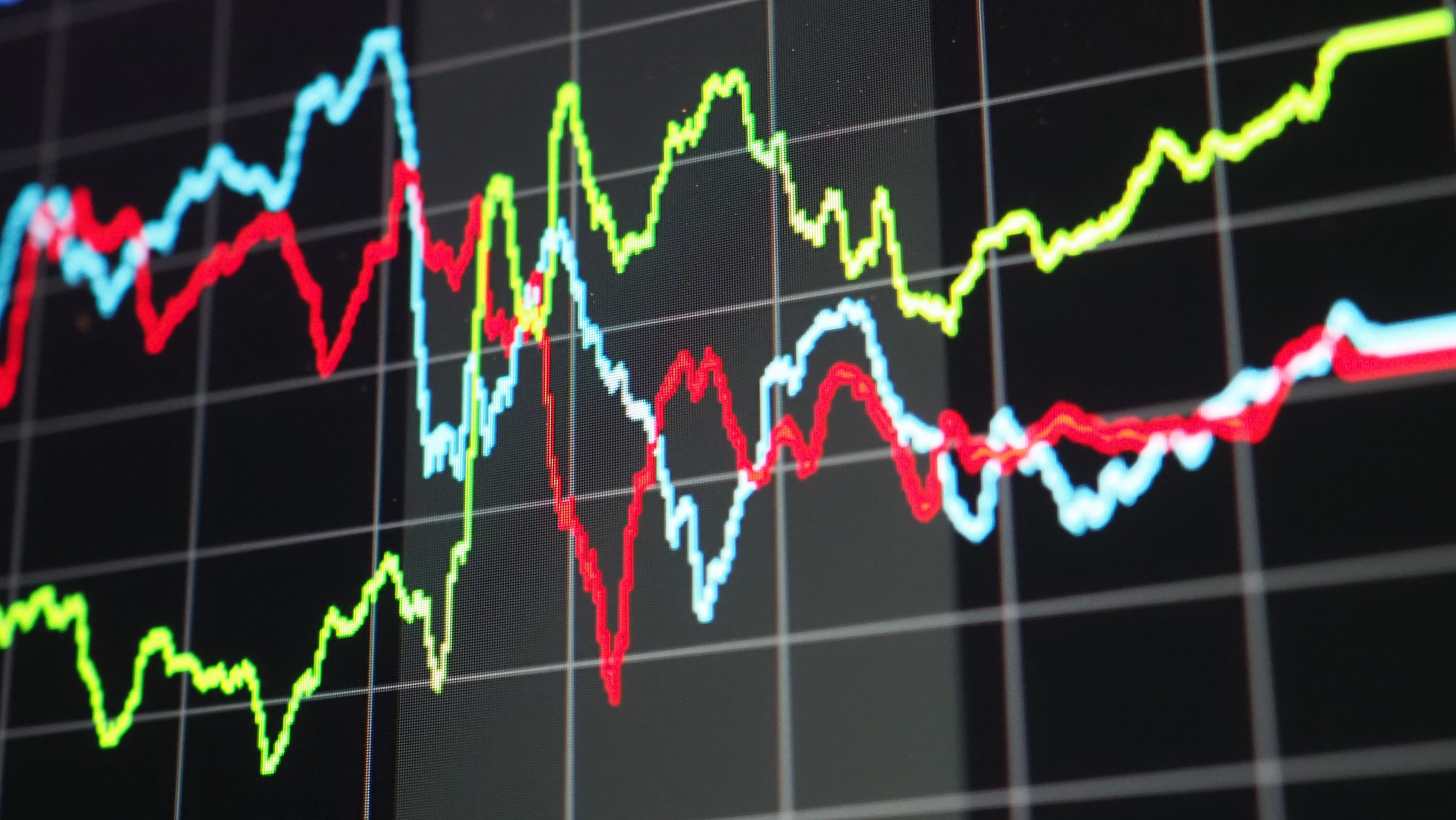Apella Wealth Blog

VIX – The Scary Truth About the Fear Index
Did you know there is an index that measures anticipated volatility in the stock market? Well, now you do. The CBOE Market Volatility Index (VIX) commonly referred to as the “fear index” has been around since the 1990’s with the purpose of tracking investors’ sentiment towards market fluctuations. Said another way, this index is a live feed into the projected market movement expected by investors, like you and me.
How does VIX work? VIX is an index made up of option contracts (derivatives) as opposed to stocks. In the case of VIX, these options derive their value from the underlying companies in the S&P 500 Index (SPX). Then, in real time the VIX forecasts a 30-day projection of volatility based on investor sentiment around market conditions and the associated risk. As prices in SPX move, so too does the VIX index.
How do you read VIX? Historically, VIX has had an inverse relationship with the S&P 500; in 1998 (concerns with US economy slowdown and instability in Russia), 2002 (the “dotcom” bubble), 2008 (the mortgage crisis) and in 2020 (COVID-19), the VIX index rose sharply as the S&P 500 dipped. In general, most investors conclude that a VIX index price of $20 and below can be viewed as “normal” or stable market conditions. As the VIX moves higher than that, investors typically expect volatility in the stock market to increase over the next 30 days (or at least that is what has happened historically). Big caveat, past performance is not indicative of future returns or patterns! While VIX can provide some insight to market movement, it is obviously not a crystal ball for predicting what will happen next.
So then, what is next in the stock market, you ask? To this I would say, it doesn’t matter. As long-term, evidence-based investors, we believe in implementing a sound investment strategy based off goals and values, rather than trying to predict what will happen next based on economic factors. Market conditions change rapidly unlike our values and goals. Instead of making a change to our portfolio every time there is bad news in the world, we look only to amend our investment plans when our values and goals have significantly changed. This helps us stay in our seats through the ups and downs that inevitably come as an investor. As financial planners, our aim is to help provide perspective that extends beyond the near-term performance of a given security and well into the future keeping our eyes on the end goal.
What’s the scary truth about the fear index? The scary truth is that no matter what we cannot know for certain what’s going to happen in the stock market. VIX is not a crystal ball but rather a live “fear meter” that quantifies how investors are feeling about the market and the likelihood of volatility. It can be a great resource for you and your financial planner to utilize along your investment journey, though it should not be solely relied upon when building an investment plan that’s right for you. Please reach out with any questions related to your financial plan or investment strategy.
Sources:
VIX | CBOE Volatility Index Overview | MarketWatch
Disclosures:
Apella Capital, LLC (“Apella”), DBA Apella Wealth is an investment advisory firm registered with the Securities and Exchange Commission. The firm only transacts business in states where it is properly registered or excluded or exempt from registration requirements. Registration of an investment adviser does not imply any specific level of skill or training and does not constitute an endorsement of the firm by the Commission. Apella Wealth provides this communication as a matter of general information. Any data or statistics quoted are from sources believed to be reliable but cannot be guaranteed or warranted.
Index Disclosure and Definitions All indexes have certain limitations. Investors cannot invest directly in an index. Indexes have no fees. Historical performance results for investment indexes generally do not reflect the deduction of transaction and/or custodial charges or the deduction of an investment management fee, the incurrence of which would have the effect of decreasing historical performance. Actual performance for client accounts may differ materially from the index portfolios. All data is from sources believed to be reliable but cannot be guaranteed or warranted.
Index definitions
S&P 500 Index represents the 500 leading U.S. companies, approximately 80% of the total U.S. market capitalization.
CBOE Market Volatility Index (VIX) is a real-time index that represents the market’s expectations for the relative strength of near-term price changes of the S&P 500 Index (SPX)
Related Articles
Traveling Soon? Consider These 4 Tips
We’re quickly approaching high travel season as temperatures rise, daylight lingers, and schools...Financial Planning Decisions When Considering Generational Wealth Transfer
Preparing heirs to inherit wealth can be a complex and emotional process, requiring open...
